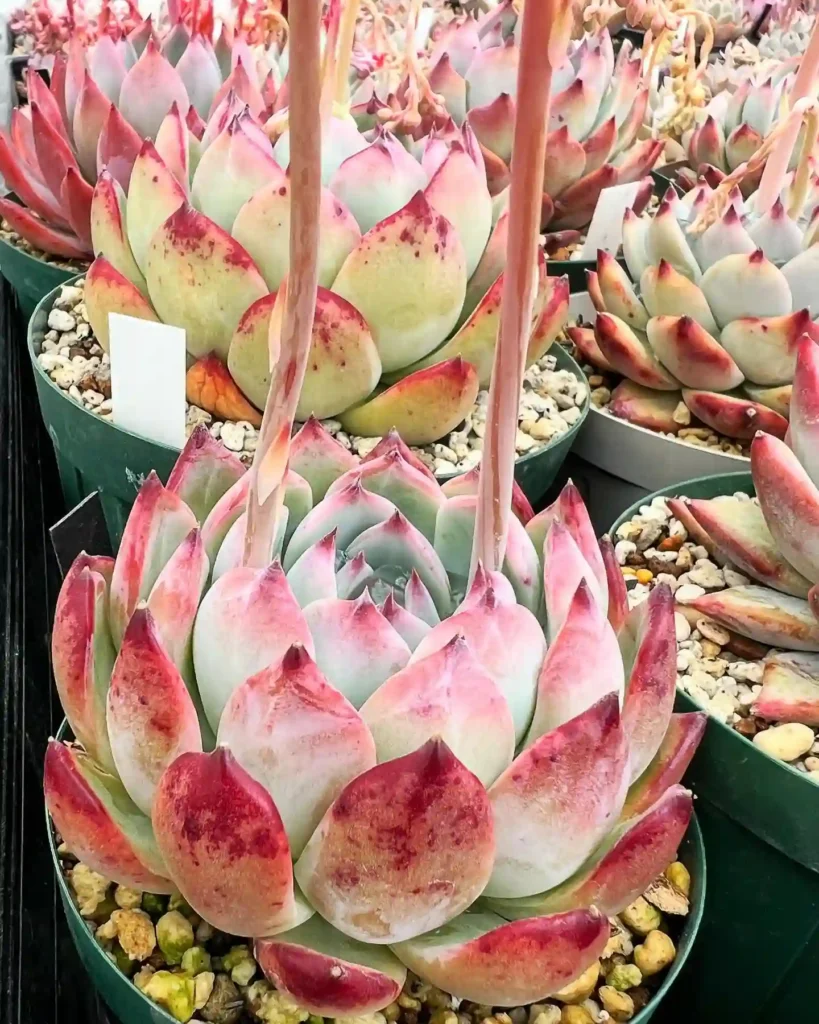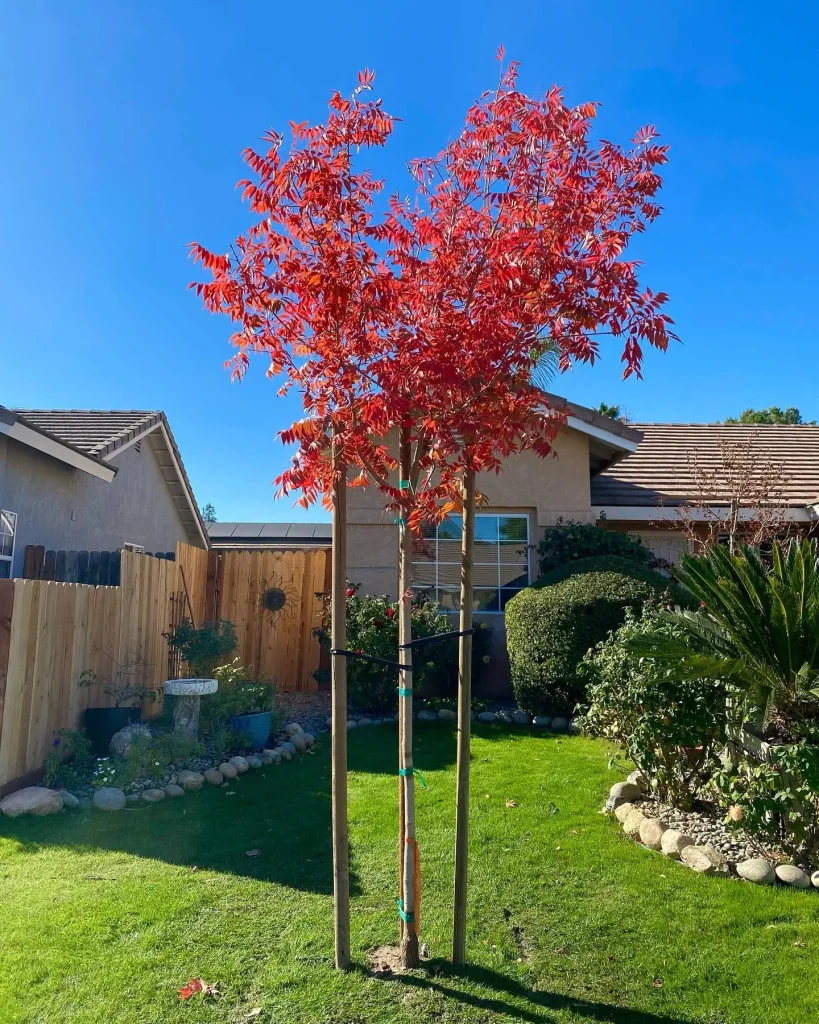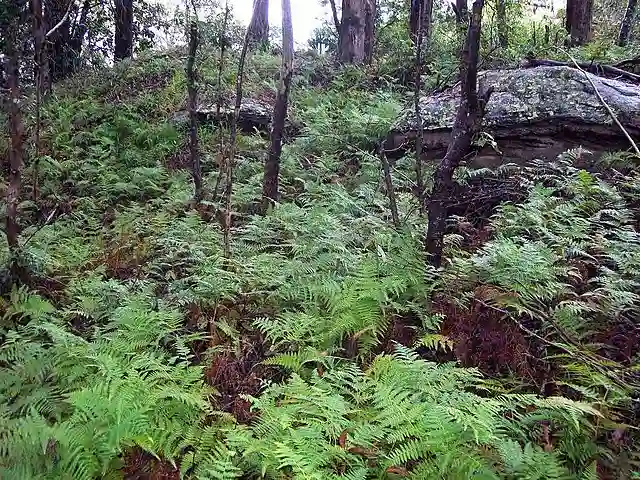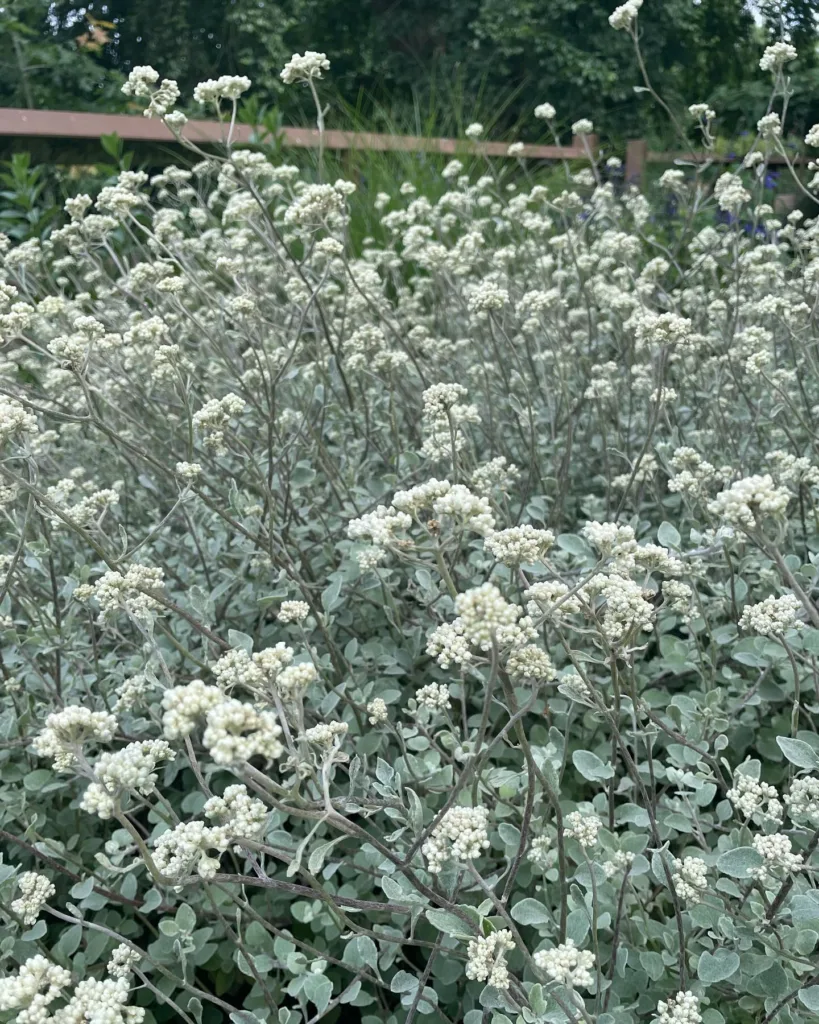Amaranthus Tuberculatus: A Weed Warrior or a Wondrous Wildflower?
Hi, I’m Ferb Vu, and I’m here to answer your questions about Amaranthus tuberculatus, a plant that straddles the line between weed and wildflower.
This fast-growing annual has a confusing reputation. In some circles, it’s a reviled agricultural pest known as roughfruit amaranth, common waterhemp, or tall waterhemp. In others, it’s a beautiful addition to wildflower gardens. So, what’s the deal with Amaranthus tuberculatus?
What is Amaranthus tuberculatus?
Amaranthus tuberculatus is a summer annual broadleaf plant belonging to the Amaranthaceae family. Native to North America, it’s believed to have originally thrived north of the Missouri and Tennessee rivers, stretching up to the Great Lakes. Today, it’s found in 40 U.S. states, particularly concentrated in the Great Plains and Great Lakes regions.
This plant is easily identifiable by its:
- Height: Growing up to 1-2 meters (3.3-6.6 ft) tall.
- Leaves: Mostly lance-shaped, hairless, and borne on stalks.
- Flowers: Separate male and female flowers (dioecious). Male flowers have five stamens and green tepals, while female flowers lack petals and have green bracts.
- Fruits: Spikes that turn red or brown with maturity.
Amaranthus tuberculatus thrives in disturbed areas and boasts a long germination period, allowing it to sprout throughout the summer months.
Is Amaranthus tuberculatus a weed?
For farmers, Amaranthus tuberculatus is a notorious weed. Its rapid growth and long germination period make it a fierce competitor for crops, stealing water, nutrients, and sunlight. Additionally, its prolific seed production allows it to quickly establish itself in disturbed soil.
Can Amaranthus tuberculatus be beneficial?
Surprisingly, yes! Despite its weedy tendencies, Amaranthus tuberculatus offers some unexpected benefits:
- Nutritional Value: The leaves of Amaranthus tuberculatus are rich in protein, vitamins, and minerals. In some cultures, they’re even considered a superfood.
- Erosion Control: The fast-growing nature of Amaranthus tuberculatus can help prevent soil erosion in disturbed areas.
- Wildlife Food Source: The seeds of Amaranthus tuberculatus provide a valuable food source for birds.
How to Care for Amaranthus tuberculatus? (if you want it in your garden)
While some consider Amaranthus tuberculatus a weed, its fast growth and interesting flower spikes can add a unique touch to wildflower gardens. If you decide to cultivate it, here’s what you need to know:
- Planting: Amaranthus tuberculatus thrives in full sun and well-drained soil. Sow seeds directly outdoors after the danger of frost has passed. Aim for a spacing of 30-45 cm (12-18 inches) between plants.
- Watering: Water regularly, especially during dry periods. However, avoid overwatering, as this can encourage fungal diseases.
- Maintenance: Deadheading spent flowers can encourage further blooming.
Important Note: Amaranthus tuberculatus can easily escape cultivation and become invasive. Only plant it in a contained area or if you’re confident in your ability to manage its spread.
How to Propagate Amaranthus tuberculatus?
Amaranthus tuberculatus readily self-seeds, so propagation is quite easy. Simply allow the flower spikes to mature and dry on the plant. Once the seeds are brown and rattle freely in the spikes, you can harvest them and store them in a cool, dry place for future planting.
What to Plant with Amaranthus tuberculatus?
Due to its tall stature and fast growth, Amaranthus tuberculatus is best suited for the back of wildflower borders. Here are some good companion plants:
- Sunflowers: These cheerful giants will complement the height of Amaranthus tuberculatus.
- Coreopsis: The bright yellow flowers of coreopsis will create a vibrant contrast.
- Echinacea: The pink or purple coneflowers of Echinacea add a touch of elegance to the mix.
Remember: Choose plants with similar water and sunlight requirements to ensure a harmonious garden.
By understanding the nature of Amaranthus tuberculatus, you can decide whether to control it or cultivate it. With its potential benefits and interesting aesthetics, this plant can be a valuable addition to your knowledge base, even if it doesn’t find a permanent place in your garden.
If i die, water my plants!



